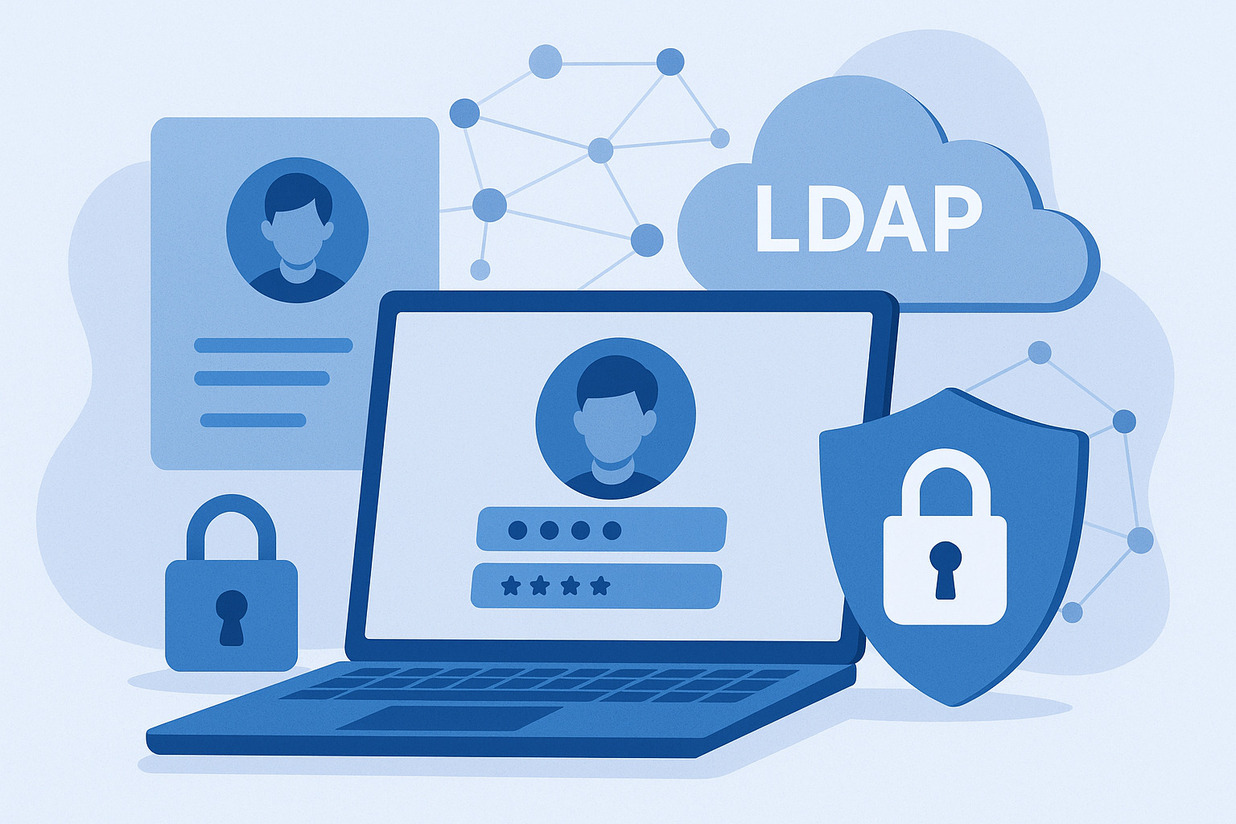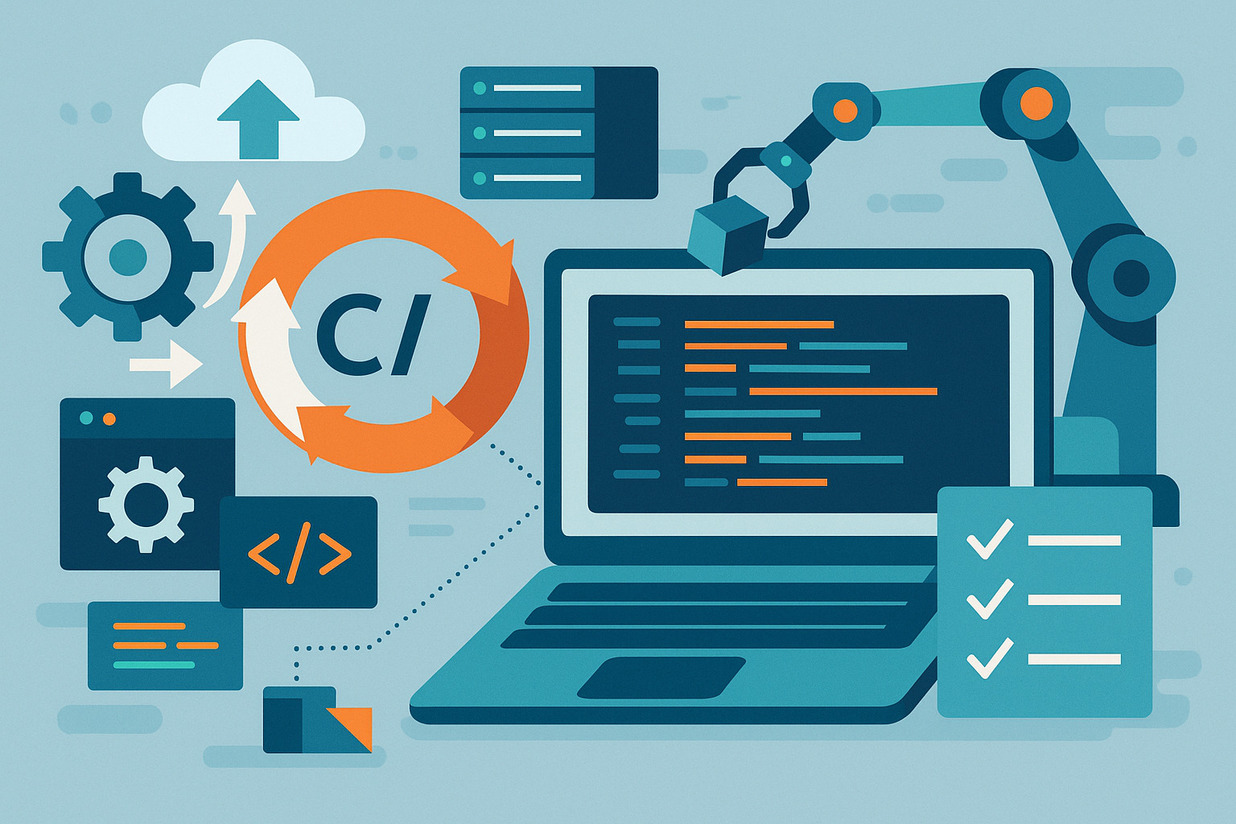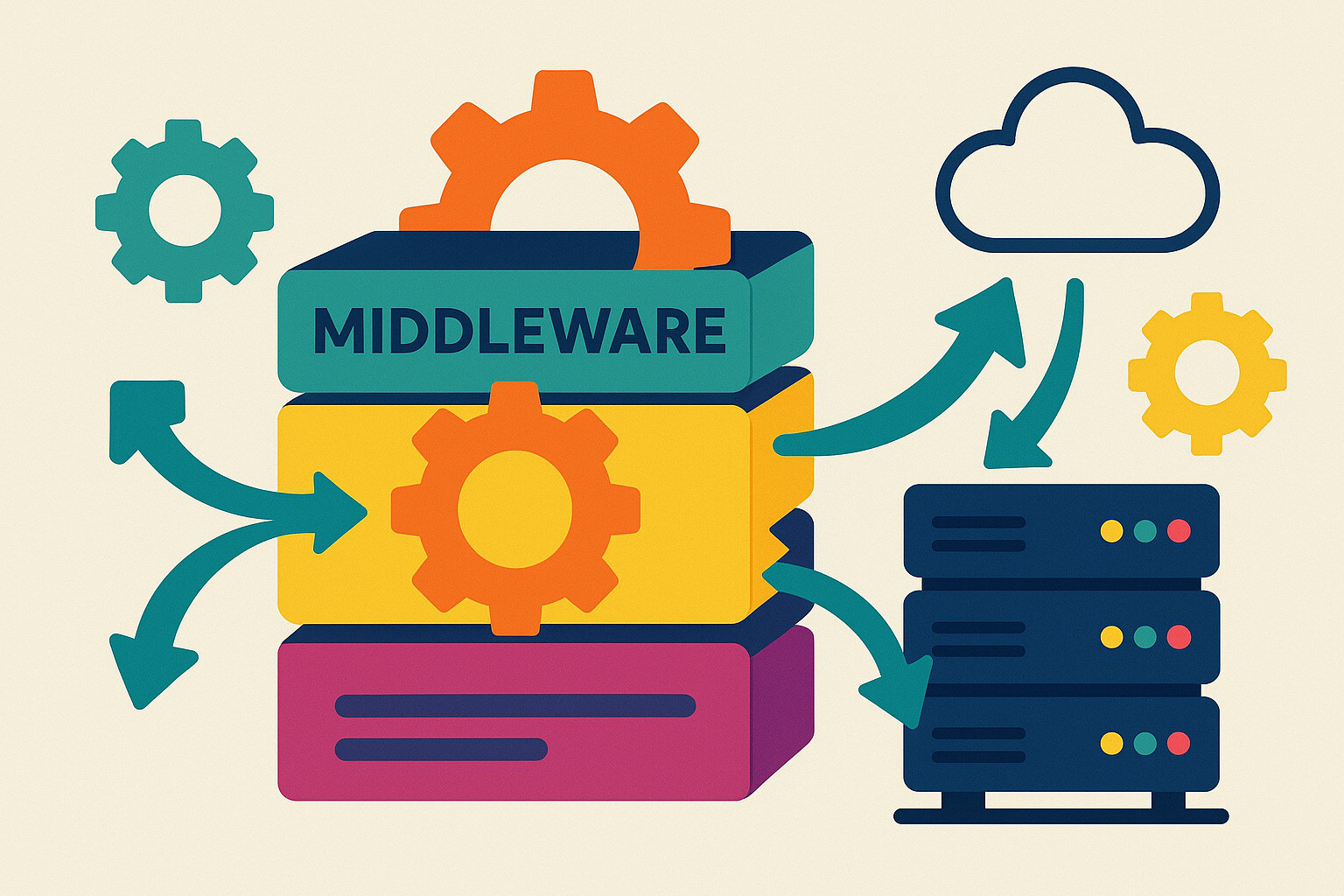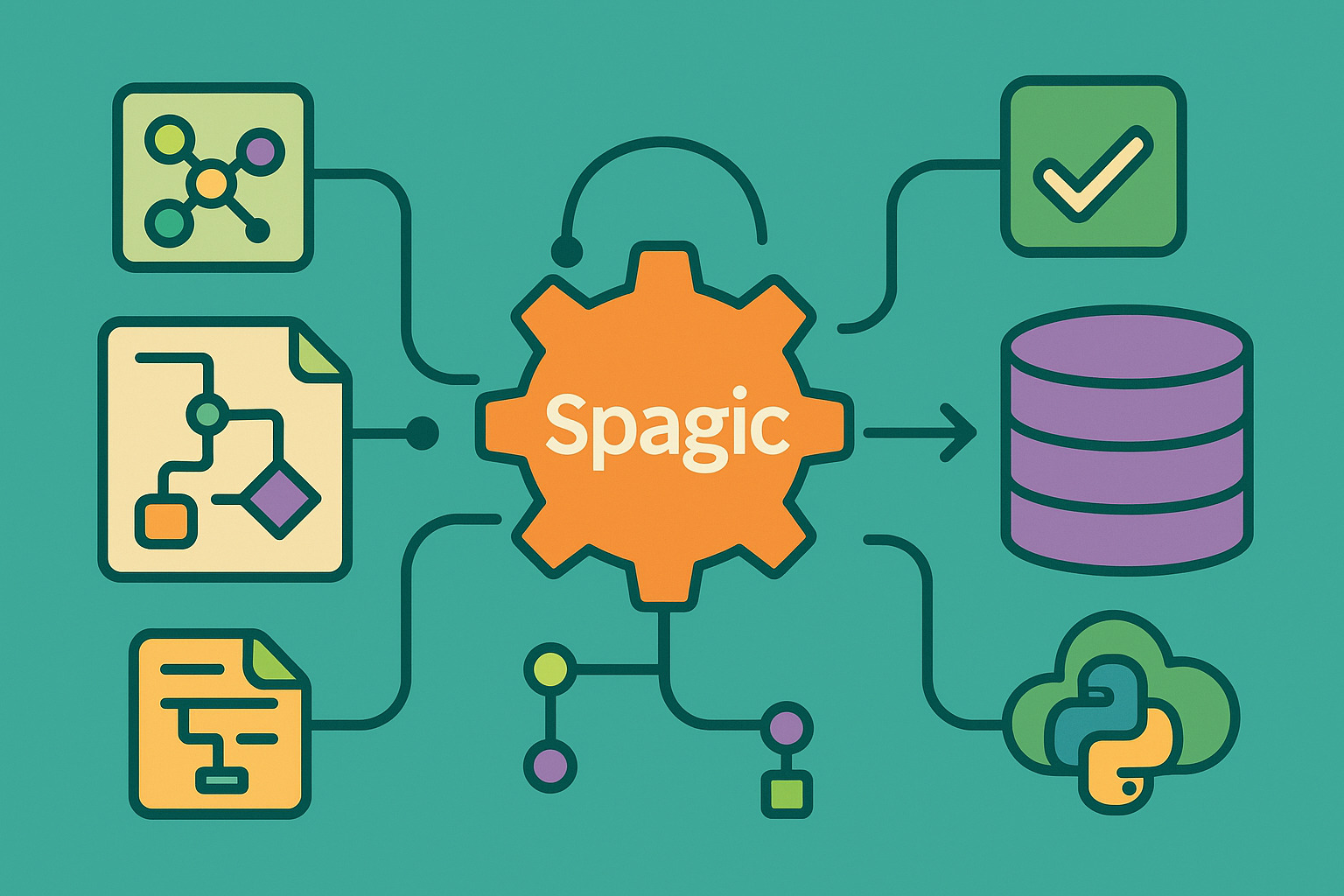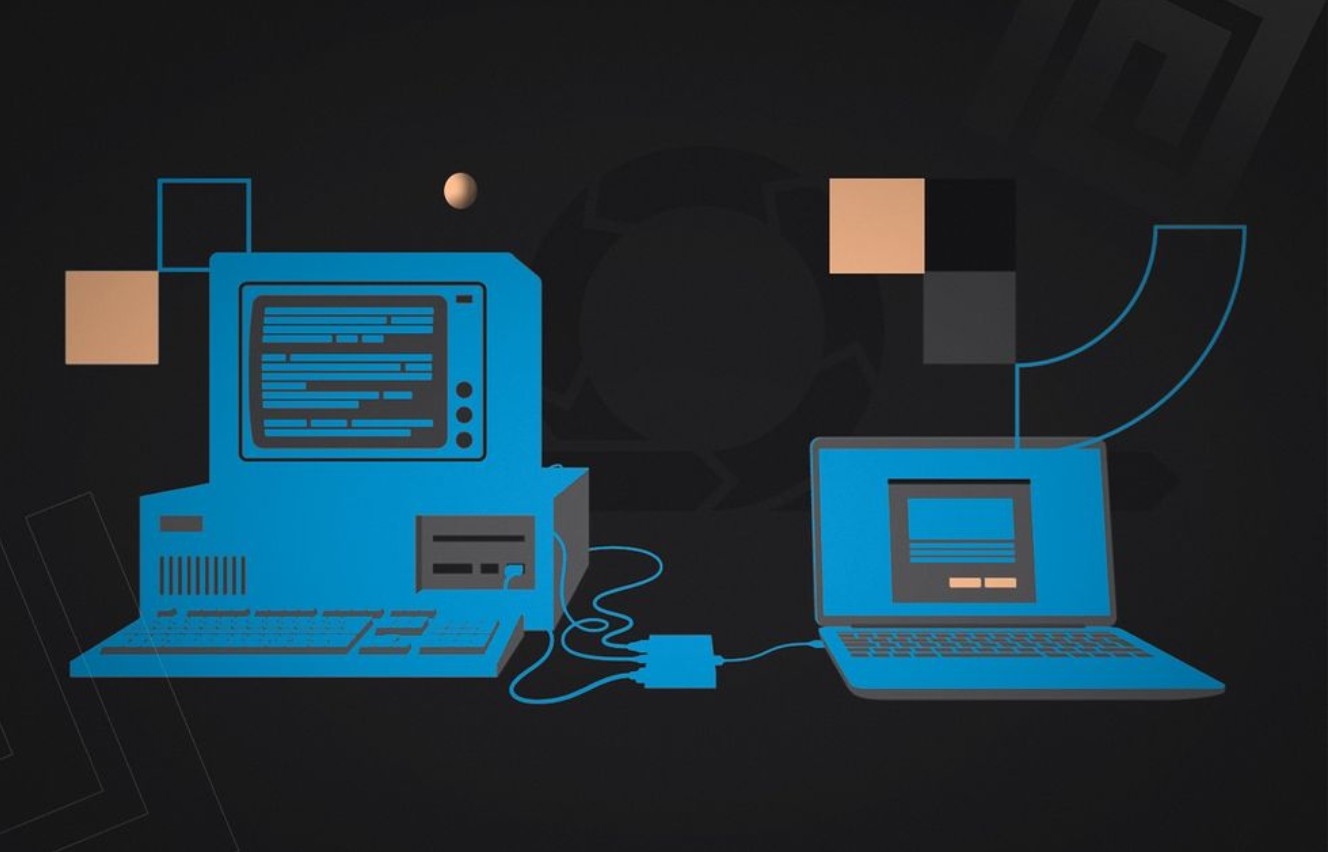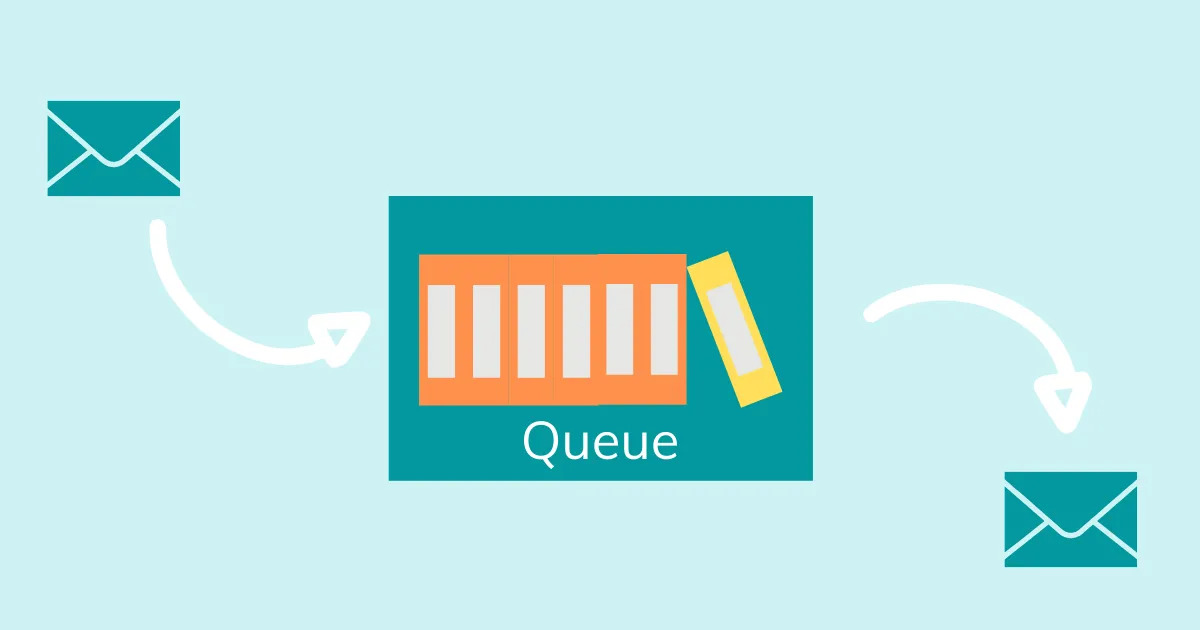LDAP as Spagic’s Authentication Partner Integrating Spagic with LDAP provides a robust and centralized method for user authentication. For companies and system administrators, using LDAP offers a controlled and scalable solution for managing access. With growing demands for security, such solutions are increasingly preferred for being standardized and easy to integrate. LDAP, or Lightweight Directory […]
Continue ReadingCreate Custom Favicons for Spagic Middleware
Setting a Custom Favicon in Your Spagic Middleware Interface A software application’s user interface is more than just a tool for functionality—it also serves as a visual identity for the system. In the case of Spagic Middleware, a modular platform used for service integration and orchestration, visual branding plays a vital role in delivering a […]
Continue ReadingAutomating Spagic Deployments with a CI/CD Pipeline
Easier Life for Integration Teams Deploying integration flows shouldn’t be done manually every time there’s an update. For organizations using Spagic as their middleware integration tool, automating deployment with a CI/CD pipeline is a way to make project releases smoother, faster, and more consistent. With automation, errors are reduced, delivery is faster, and the entire […]
Continue ReadingCreating a Scalable Middleware Architecture with Spagic
Building reliable, flexible systems through modular design and service orchestration Middleware acts as the connection point between applications, services, and data. In systems where everything from customer portals to financial tools must work together, the middleware needs to scale without slowing down. If one part gets overloaded, the whole chain can feel the impact. Spagic […]
Continue ReadingConfiguring Spagic for Database Integration
Connecting enterprise processes to data sources using Spagic’s modular framework In many businesses, data flows through several systems—often in different formats and locations. Spagic helps tie those systems together by offering a platform for building and managing integration workflows. When paired with a database, Spagic can read, write, and transform data in real time. Whether […]
Continue ReadingUsing Spagic for Data Transformation Tasks
Why Spagic Matters for Modern Data Handling Managing data across different systems can get complicated quickly. Formats, protocols, and business rules rarely align neatly. This is where Spagic finds its value. It helps organizations reshape their data into useful, compatible forms that support daily operations and long-term planning. For businesses juggling multiple applications, having a […]
Continue ReadingImplementing Error Handling in Spagic Workflows
Why Handling Errors Makes a Real Difference in Workflow Stability Spagic offers powerful tools for managing automated workflows across different services. But like any system handling real-time data and service interactions, problems can arise. Error handling in this context isn’t just about fixing bugs. It’s about building trust in your system’s ability to keep working, […]
Continue ReadingSetting Up Monitoring for Spagic Integrations
Building a Strong Foundation for Monitoring Monitoring Spagic integrations is not just about detecting problems when they happen. It’s about creating a smooth and reliable environment where integrations work as expected. When systems work together across different platforms, a small failure in one place can ripple out and cause bigger problems elsewhere. That’s why planning […]
Continue ReadingMigrating Legacy Systems to Spagic
A Path to Modernization Businesses relying on outdated systems often struggle with inefficiencies, security risks, and integration challenges. As technology advances, maintaining legacy software becomes increasingly costly and complex. Migrating to Spagic, an open-source integration framework, offers a structured approach to modernization, enabling organizations to automate workflows, enhance interoperability, and improve scalability. A successful migration […]
Continue ReadingIntegrating Spagic with Message Queues
Seamless System Communication Modern enterprises rely on smooth and efficient data exchange between applications, especially when handling large-scale operations. Message queues provide a structured way to facilitate asynchronous communication, ensuring that information flows between different components without delays or interruptions. Spagic, an open-source integration framework, plays a crucial role in connecting applications, automating workflows, and […]
Continue Reading